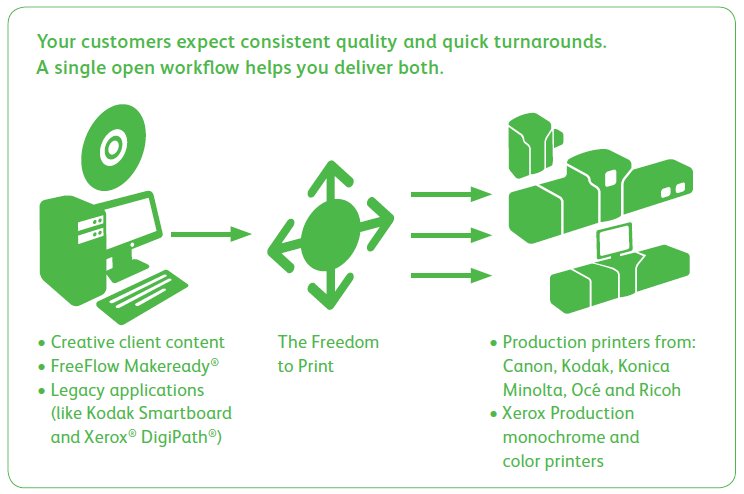Written by Dharminder Biharie
Business Development, Xerox Netherlands
If you are reading this blog post, chances are good that you are somehow involved in the print industry. There’s a chance, albeit slimmer, that you also enjoy sailing as a hobby.
Believe it or not, the two are actually very similar. I’m here to tell you why.
A few hundred years ago, the world was conquered with big sail boats. (As a Business Development consultant here in the Netherlands, I would be remiss not to mention that the Dutch were a large naval power on the ocean!) First, these ships were guided by the wind. Later, they were equipped with steam and, shortly thereafter, with large engines that were powered by fuel. The world was speeding up.
Sailing today isn’t all that different than what it was hundreds of years ago. As you’ll see when you look back through history, while many things change, fundamentally, things have a habit of remaining the same.
When you prepare to set out for sail, what steps are required? First, you check your equipment. Is everything on board and ready? Next you have to ensure you are prepared in the event of an emergency. Do I have a marine phone and safety gear? Yes. Good lets proceed.
Next, you want to double check the weather. Is there a storm ahead? Should I expect something unexpected? According to Murphy’s law, the answer to this question is unequivocally ‘yes’.
Once you have the weather data, it is time to sail. But just because you’re off the land doesn’t mean you can relax! This is where the real challenge begins.
You’ll have to anticipate the changing wind, adjust your sails accordingly, be alert to the depth of the water, know if other ships are in the vicinity, and constantly be thinking of obstacles that may lay below the water (because remember, the most dangerous problems are the ones not visible to the human eye!)
And you have to be thinking about all of this while still navigating to your destination.
When you think about it, sailing a boat isn’t so different than steering your company. In both cases, data and information play a role in whether you sink or swim. What do you use to navigate your company and your employees to the right harbor?
A problem I often see with the graphics arts industry is many instances where there is navigation without hard data. Many companies are navigating just fine. Many others are struggling but are not changing their “sails”.
There is plenty of money to be made in the graphic arts industry. The companies who are prospering have adjusted their “sails” before the storm started.
Anticipation is crucial to survive in this fast world. Quick reactions and timely adjustments are just as critical. See your company as a big sail boat and start using data to guide your journey. You’ll want to do this before you end up in the perfect storm.
2 Comments
Comments are closed.




I love this analogy! Thank you for a wonderful blog post, Dharminder.
Hi Melissa,
Thank you for you reaction, The sailing story is actually mentioned to trigger readers to think about their MIS/ERP system and the data. In a modern business model you need data to manage the business. If you don’t know the numbers…you get lost. GPS is also based on data…imagine what would happen if we don’t have the GPS data.
I see a lot of people getting into trouble without knowing the facts, the numbers.. quite embarrassing in 2014:-)